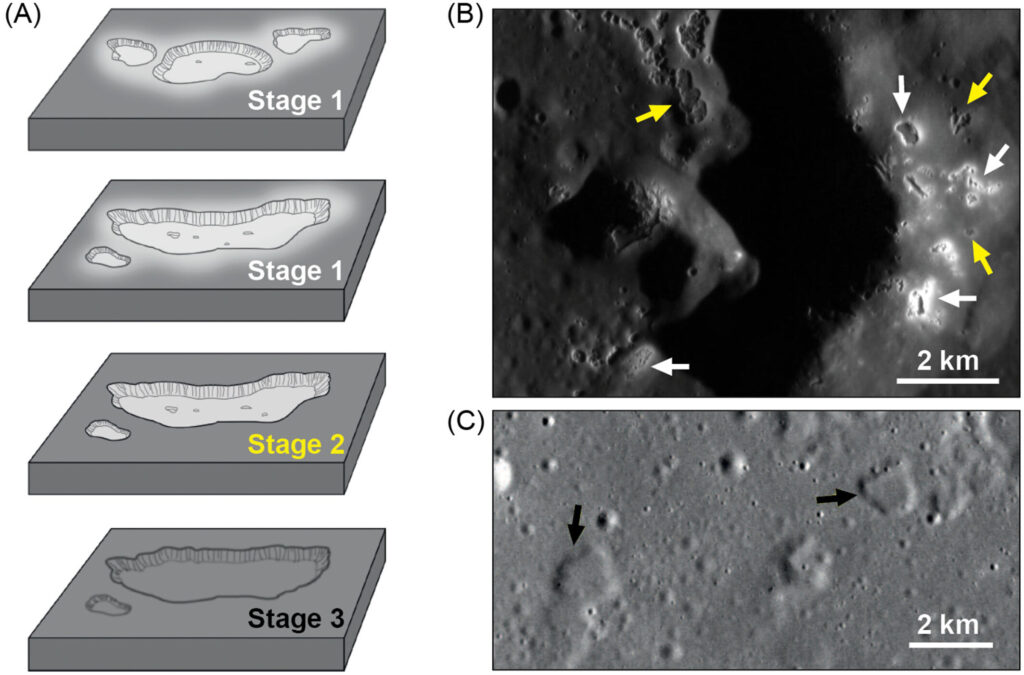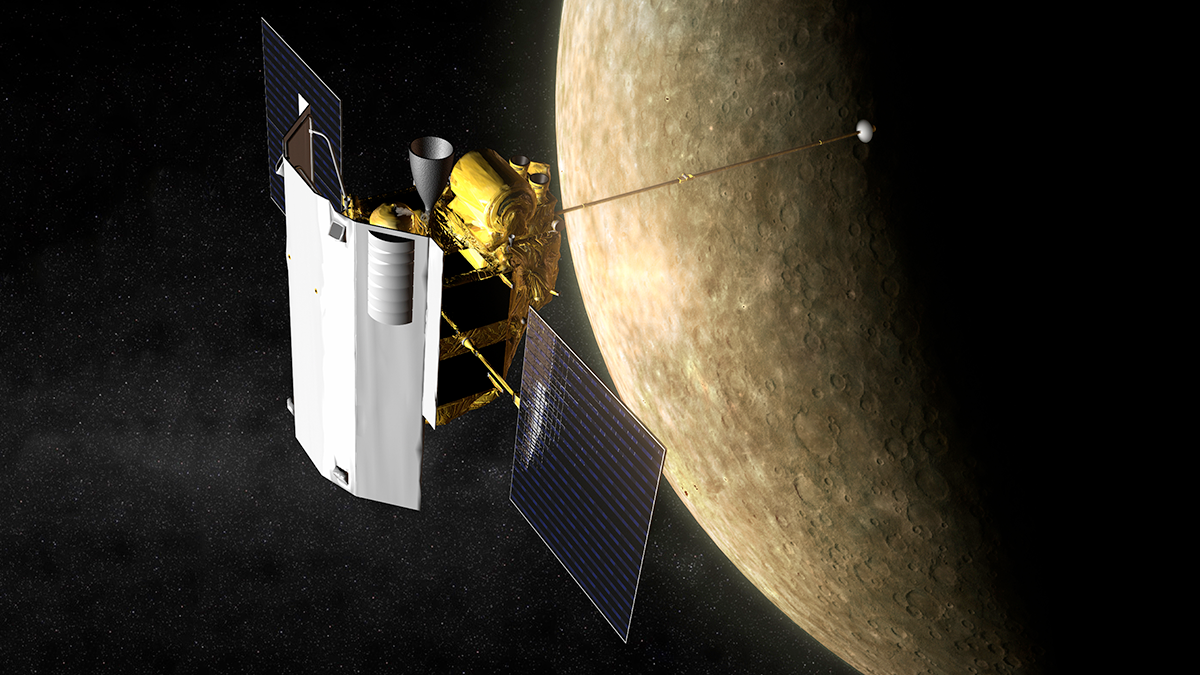Editors’ Highlights are summaries of recent papers by AGU’s journal editors.
Source: Journal of Geophysical Research: Planets
Hollows are one of the most surprising features discovered by the MErcury Surface, Space ENvironment, GEochemistry, and Ranging (MESSENGER) mission to the planet Mercury. Hollows are small, shallow, rimless depressions unique to Mercury that suggest widespread loss of volatile-rich material from the planet’s surface. However, the volatile-bearing phase in the near-surface materials is unknown and questions remain about what drives their formation, evolution, and the timescales of their development.

Deutsch et al. [2025] use a machine learning-derived catalog of hollow degradation states, based on morphologic characteristics and reflectance signatures, to study the spatial distribution, sizes, and thermal environment of hollows in different degradational stages.
The study concludes that insolation is an important driver for the initiation and growth of hollows and identify where volatiles may have been depleted.
A paucity of potentially expired, late-stage hollows (“Stage 3”), suggests that hollows are either young, recently reactivated, or do not survive very long once inactive. The early-stage hollows, (“Stage 1”) are more commonly found on steeper slopes further implying gravitationally induced downslope movement of materials may contribute to the duration of hollow activity. The Stage 1 hollows are found to be the most common, suggesting that most hollows will continue to further evolve.
The planned arrival of the BepiColombo spacecraft in orbit around Mercury in 2026 will provide an opportunity to search for changes resulting from possible present-day activity at these Stage 1 hollows.
Citation: Deutsch, A. N., Bickel, V. T., & Blewett, D. T. (2025). Hollows on Mercury: Global classification of degradation states and insight into hollow evolution. Journal of Geophysical Research: Planets, 130, e2024JE008747. https://doi.org/10.1029/2024JE008747
—Jean-Pierre Williams, Editor, JGR: Planets

